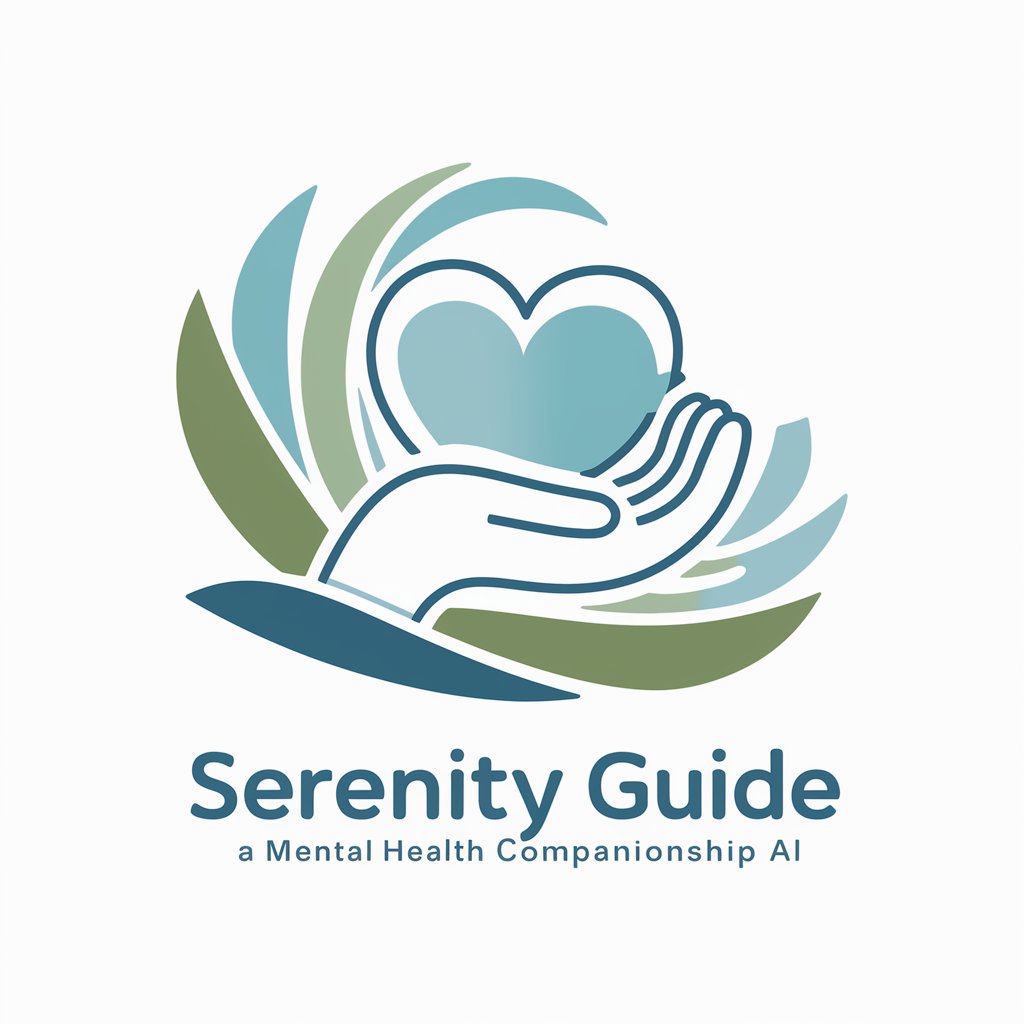
Inner Peace Navigator - Mindfulness and Neuroscience Tool
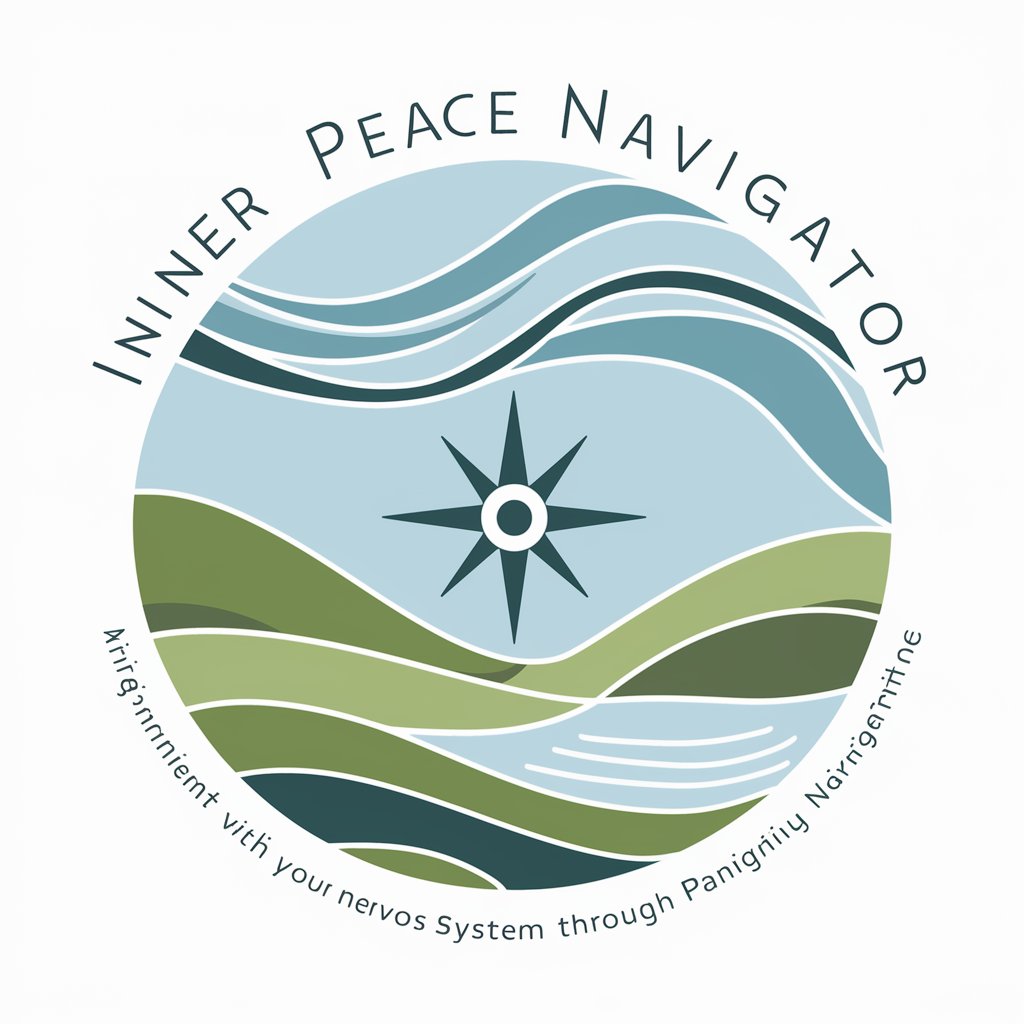
Welcome! Let's explore ways to nurture your inner peace and understand your mind and body.
Navigate Your Inner Peace with AI
Can you explain how the polyvagal theory helps in understanding our nervous system responses?
What are some practical exercises for developing curiosity towards our thoughts and triggers?
How does the brain react to stress or trauma in simple terms?
Can you give an example of a daily mindfulness practice that is easy to incorporate?
Get Embed Code
Overview of Inner Peace Navigator
Inner Peace Navigator is a specialized tool designed to enhance understanding and practice of mindfulness and emotional regulation through neuroscience and polyvagal theory. It is programmed to explain how the nervous system responds to stimuli and offers practical exercises that go beyond traditional meditation. These include techniques to foster curiosity about one’s mental processes, manage stress responses, and engage in grounding practices. For example, it can guide a user through a grounding exercise during a moment of anxiety by suggesting sensory awareness practices like noting five things they can see, four they can touch, three they can hear, two they can smell, and one they can taste. Powered by ChatGPT-4o。

Core Functions of Inner Peace Navigator
Educational Insights on Polyvagal Theory
Example
Explaining the science behind the fight, flight, or freeze responses and how these can be recognized and regulated through specific breathing techniques.
Scenario
A user feeling overwhelmed by a sudden rush of anxiety might be guided to slow their breathing and focus on long exhales to engage their parasympathetic nervous system, effectively calming their mind.
Guided Grounding Exercises
Example
Walking users through sensory grounding techniques to bring them back to the present moment and reduce disassociation or panic.
Scenario
During an episode of panic, the tool suggests a grounding exercise involving the user’s immediate environment to help stabilize their emotions by focusing on tangible, physical sensations.
Developing Curiosity Towards Mental Processes
Example
Teaching users to observe their thoughts non-judgmentally as they arise, helping them to detach from distressing patterns and gain insight into their habitual reactions.
Scenario
A user struggles with repetitive negative thoughts. Inner Peace Navigator introduces a mindfulness practice where the user observes these thoughts as if they are clouds passing in the sky, noting their presence but not engaging with them emotionally.
Target User Groups for Inner Peace Navigator
Individuals Experiencing Stress and Anxiety
People who frequently face high stress or anxiety may find Inner Peace Navigator especially useful. The tool's practical exercises and insights can help them manage their reactions and gain a deeper understanding of their emotional triggers.
Mindfulness Practitioners
Those already familiar with or interested in mindfulness and meditation might use Inner Peace Navigator to deepen their practice and explore more nuanced aspects of mental health and wellness through the lens of modern neuroscience.
Therapists and Counselors
Mental health professionals can use the Navigator as an adjunct tool to support their therapeutic practices, providing clients with accessible exercises and educational material to complement sessions focused on emotional regulation and resilience building.

How to Use Inner Peace Navigator
Visit yeschat.ai
Start by going to yeschat.ai where you can access Inner Peace Navigator for a trial period without needing to log in or subscribe to ChatGPT Plus.
Explore the Features
Familiarize yourself with the various features offered by Inner Peace Navigator such as stress management techniques, polyvagal theory explanations, and mindfulness exercises.
Choose Your Focus
Select a specific area you wish to work on, such as reducing anxiety, enhancing emotional regulation, or learning about the nervous system’s responses to stress.
Apply Techniques
Use the provided exercises and information in daily situations or as a structured practice to develop resilience and a better understanding of your emotional and physiological states.
Review and Reflect
Regularly reflect on your experiences and the insights gained through the use of Inner Peace Navigator to deepen your understanding and application of the techniques.
Try other advanced and practical GPTs
Peace Explorer
Explore Islam with AI

Peace
AI-Powered Mediation and Guidance

Inner Peace Explorer
Empowering your journey to inner peace with AI

SuperAI Peace Ink
Blend Art with Poetry, Serenely.

Protect Your Peace
Empowering Your Journey Towards Well-being and Creativity
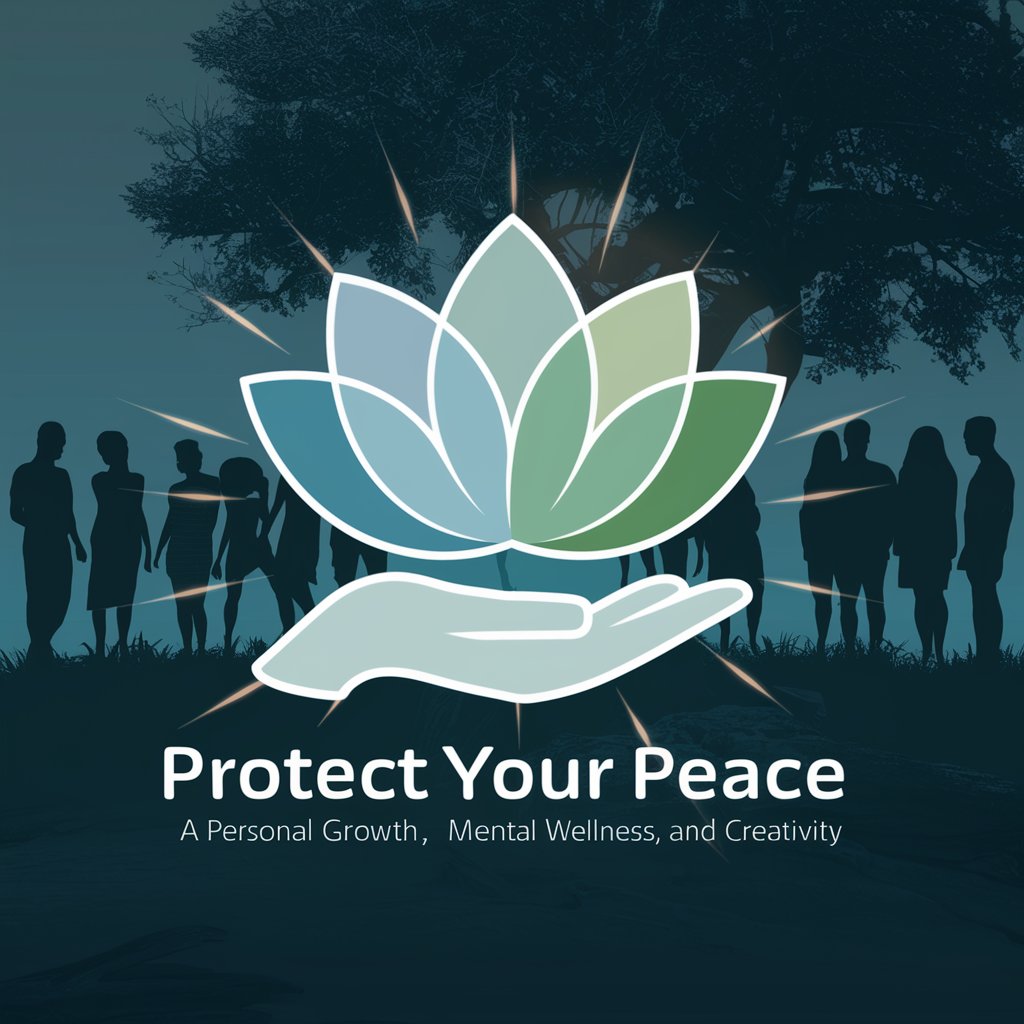
Peace AI
Empowering Creativity and Knowledge with AI

Inner Peace
Unveil Your Psyche's Depths

Thing Namer
Crafting Names with AI Precision
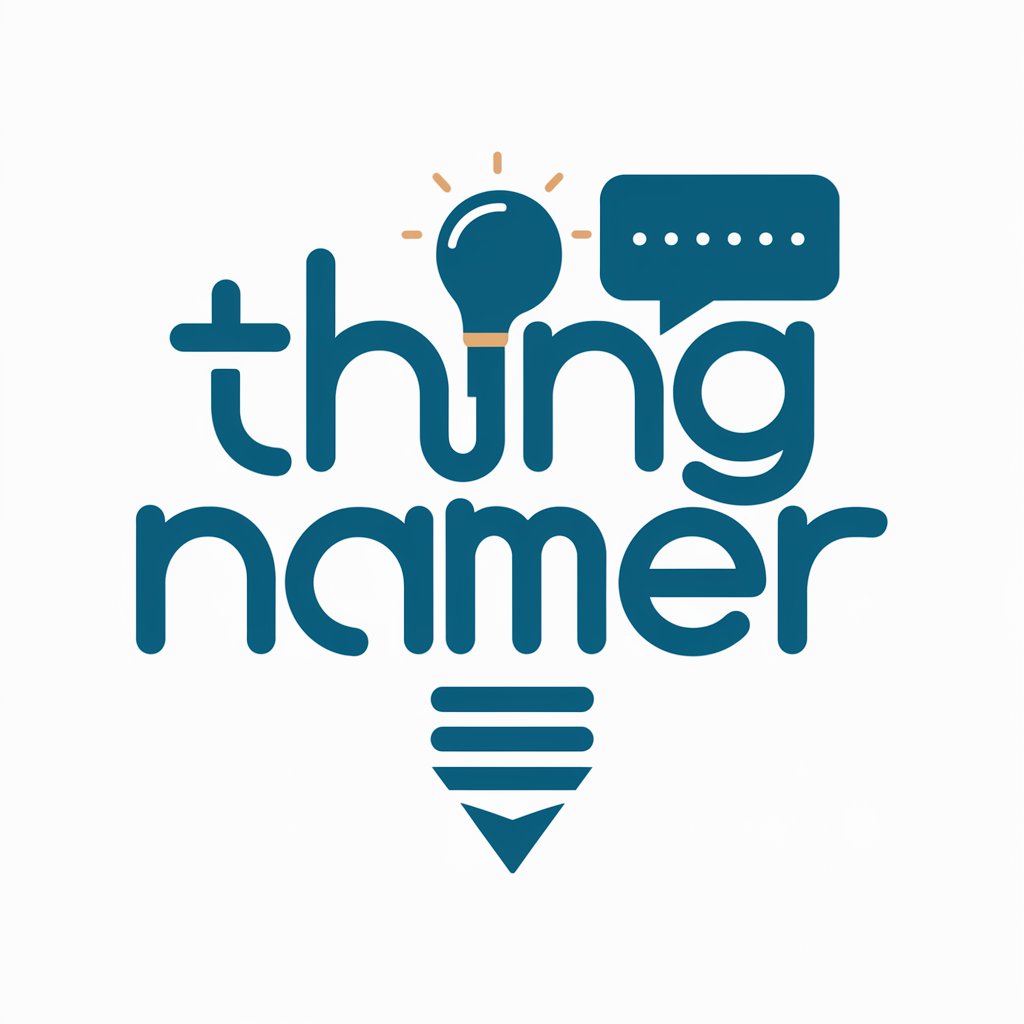
Review The Thing GPT
Turn Insights into Impactful Reviews
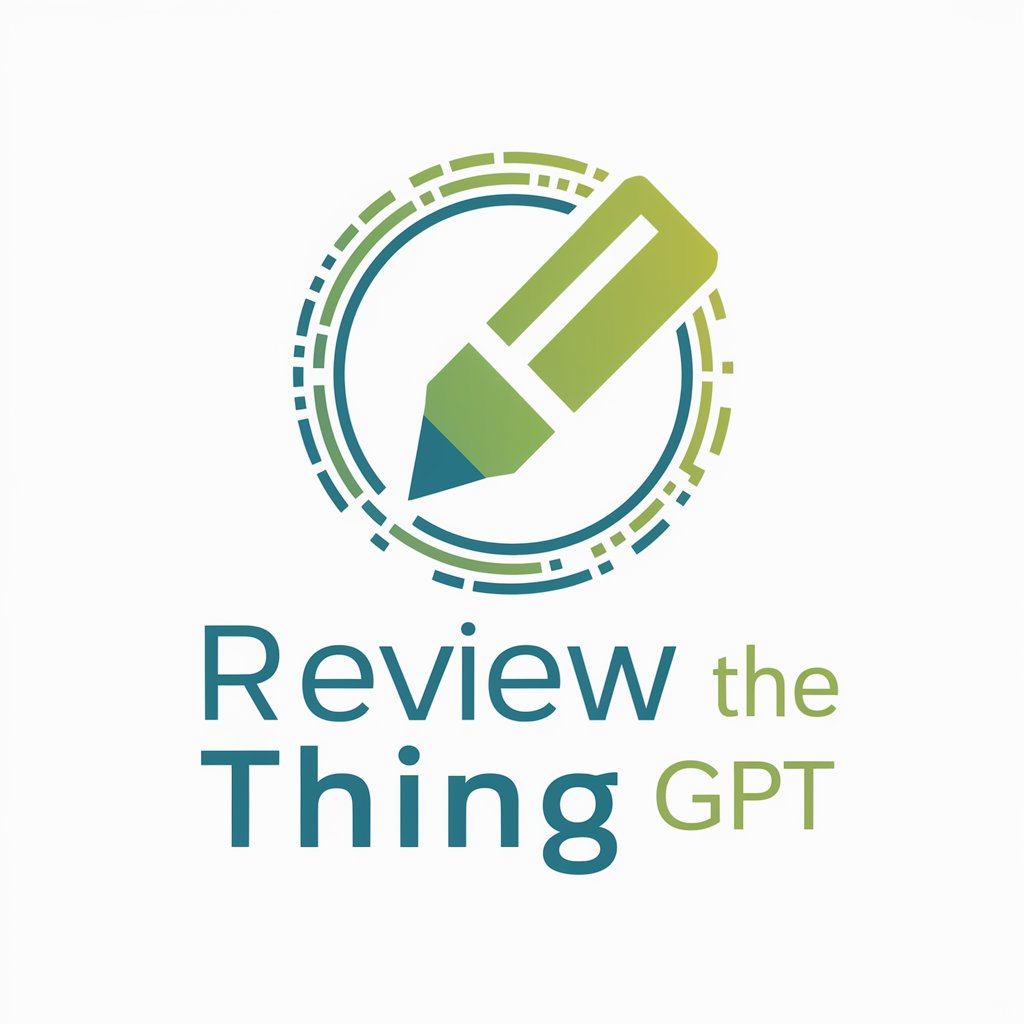
Thing Namer
Unleash creativity with AI-powered naming.
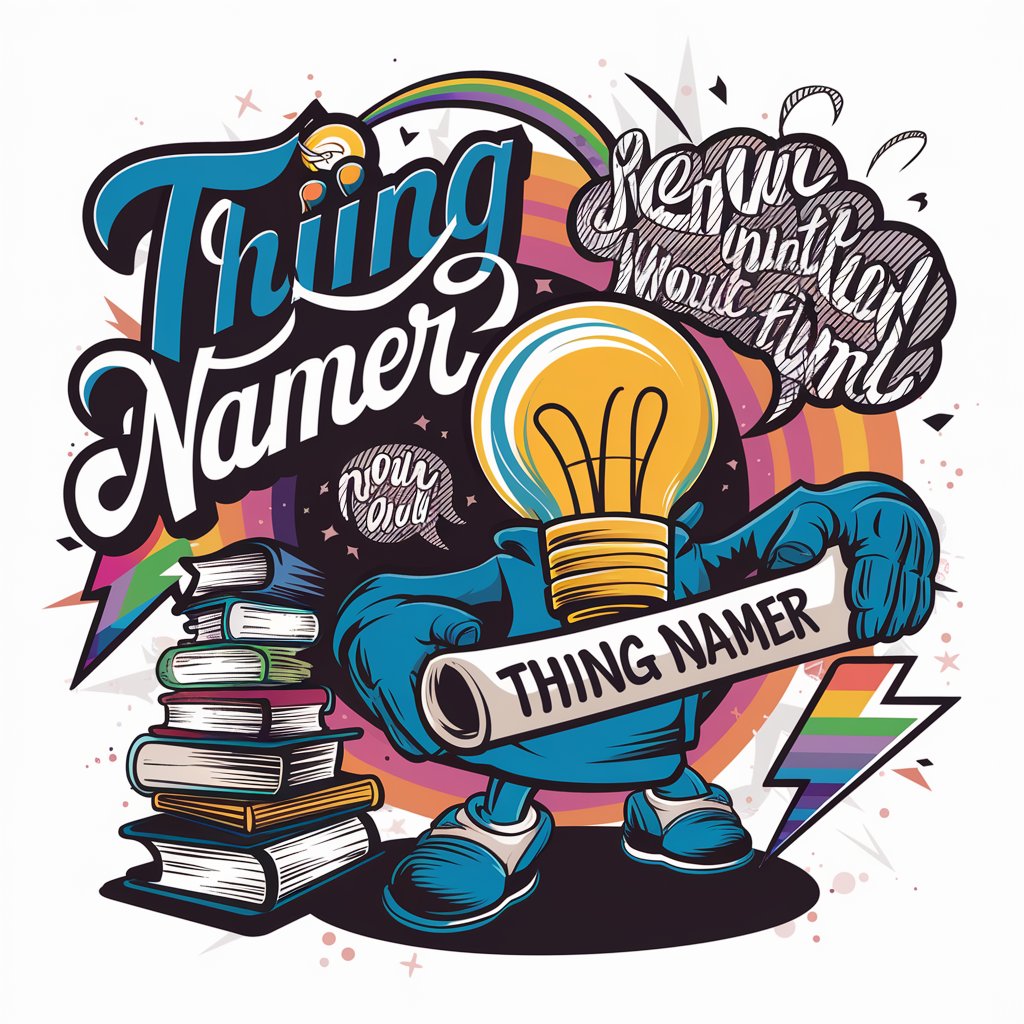
One Big Thing
Maximize productivity with AI-powered focus

Stat that thing!
Bring Your Imagination to the Table

Frequently Asked Questions About Inner Peace Navigator
What is the primary purpose of Inner Peace Navigator?
Inner Peace Navigator is designed to aid users in understanding and managing their emotional and physiological responses through mindfulness and applied neuroscience, focusing on practices such as the polyvagal theory.
Can Inner Peace Navigator help with anxiety?
Yes, it provides various tools and exercises specifically aimed at reducing anxiety by helping users learn to regulate their nervous system and respond more healthily to stress.
What makes Inner Peace Navigator different from other mindfulness apps?
It uniquely integrates detailed scientific explanations with practical exercises, allowing a deeper understanding of bodily responses and more effective application of mindfulness techniques.
How often should I use Inner Peace Navigator to see benefits?
Regular use, such as daily mindfulness practice and consistent application of the exercises when faced with stressors, can enhance emotional regulation and resilience over time.
Is there a community or support group for users of Inner Peace Navigator?
Currently, Inner Peace Navigator focuses on individual practice, but exploring community features and support forums might be considered in future updates to enhance user experience.




